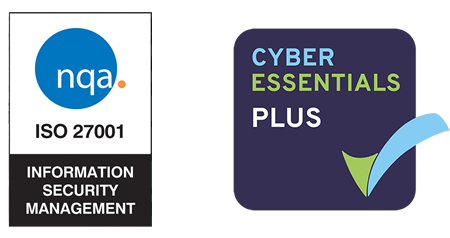However, as much as Excel has evolved over the years it’s now been tumped by Microsoft Power BI. Microsoft Excel still has its place and will continue to provide a safe haven for many, but Microsoft Power BI presents a whole new age of analytics tool with collaboration at its heart.
Don’t miss understand here, we’re not suggesting that Excel has reached the end of the road and is very much a key tool in the Microsoft office productivity suite. Both these Microsoft solutions have their place in their own spheres, and once you get to know them individually you’ll soon realise that they share some functional similarities, such as:
- Both use Power Query and Power Pivot,
- Enabled integrations between Excel and Power BI,
- Both have additional Office integrations.
However, whilst there is a long list of pros and cons which we could consider in this post. We’ve boiled it down to just 3 core reasons for when you should be replacing Excel with Power BI.
Real-time Data Analysis, trends and alerts.
Simply put, Power BI is a robust business analytics tool that can provide extensive modelling, custom development, and real-time high-level analytics. As a Microsoft product, Power BI can connect to various Microsoft apps and solutions like Excel, Access, Azure, and others. In fact, it’s extremely easy to create data connections, build and publish dashboards and with the Power BI Services (mentioned in point 3), you can get access to real-time information, obtain trend analysis and set up email alerts. Power BI features a suite of analytics tools including DAX (Data Analysis Expression), which provides a wide range of time intelligent functionalities for trend analysis. This intelligence makes spotting data trends simple and effective; and what’s more, is that it takes a matter of mere seconds to view extensive amounts of data – be it various dimensions (including date-time) or attributes.
No Data Limitations
In Excel, you’ll have trouble opening a file with more than 500 MB in size. But it won’t happen in Power BI. This program uses powerful compression algorithms to import and cache data.
Efficiency is one of the most obvious reasons why Power BI is such a valuable tool, as large datasets no longer require cutting down in size or the need to be aggregated to show greater encompassing analysis – all of the most granular details and summarisations can exist together in one file and be assessed through drill-downs.
On top of the ability to store a vast amount of data, you can also modify and prepare your data. Power BI makes many tasks straightforward, including:
- Transformations and edits – you can change formats, delete rows, add columns and transport data quickly and easily.
- Adding relationships in various tables – this is very useful if you have a star or snowflake schema.
- Adding new datasets – as new data is discovered, you can integrate it on Power BI without having to merge your existing data all over again, allowing flexibility in linking datasets together.
- No more repetitiveness – Power BI remembers your data preparation steps and automatically repeats them during data refreshes, meaning that you don’t have to manually reproduce these steps each time.
Cloud Native
Power BI has transformed the way you share data by publishing your work directly to Power BI Service, a cloud-based service which is hosted by Microsoft.
Furthermore, this service automatically refreshes your data. So once you publish, you never have to go through the pain of re-uploading again and again to update the version.
Power BI Service has many other benefits in addition to the storage and distribution of your data, including:
Personalised Dashboards
- Create dashboards that have the ability to:
- Host visualisations from different reports,
- Customise the size and layout of visuals; and,
- Set them up in a way that’s insightful and useful to you and your specific role.
- Use visualisations connected to data sources to create your dashboard.
- Share dashboards with other users in your company. This combined with the granular level of security means you have a high level of control over your data security, even down to row level.





